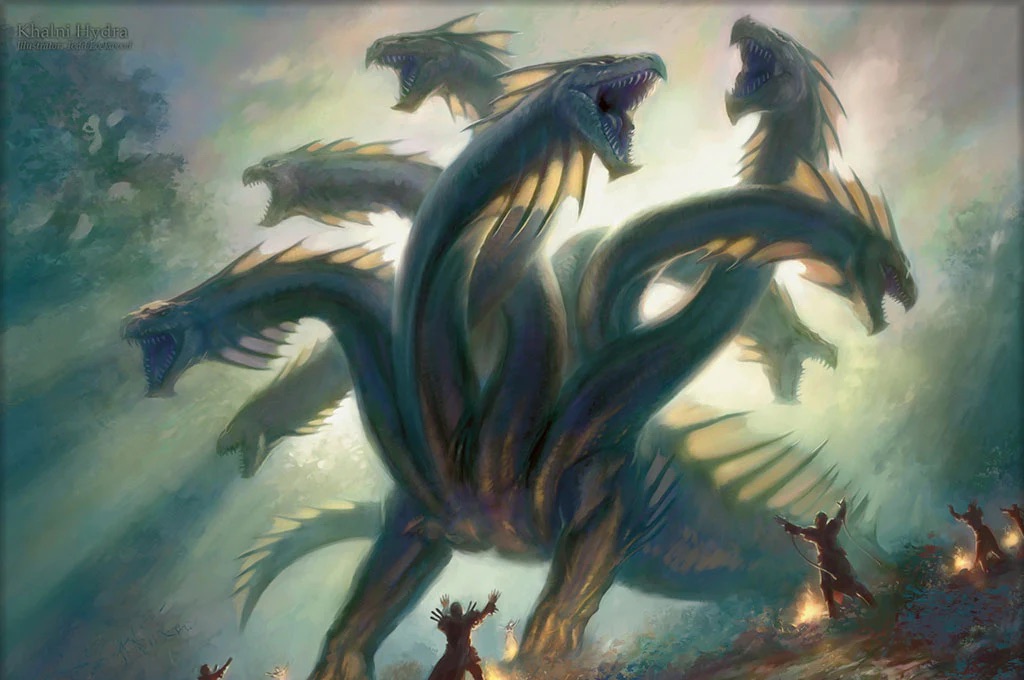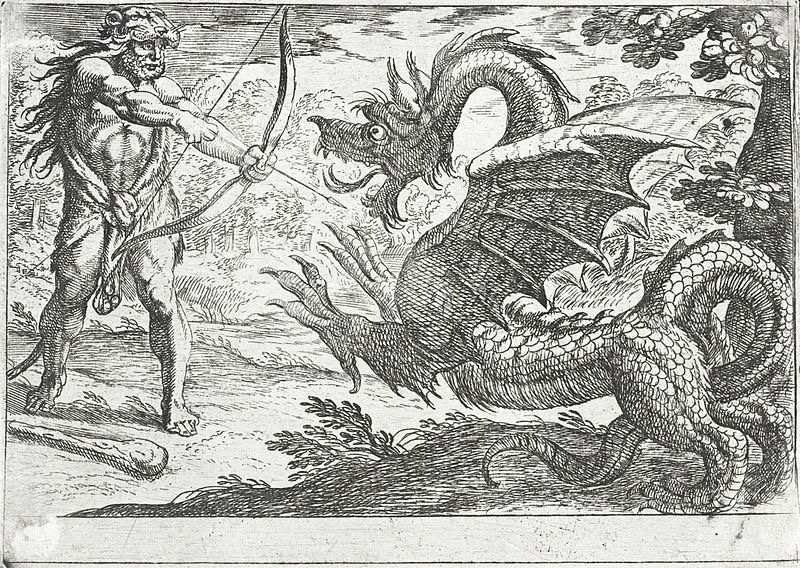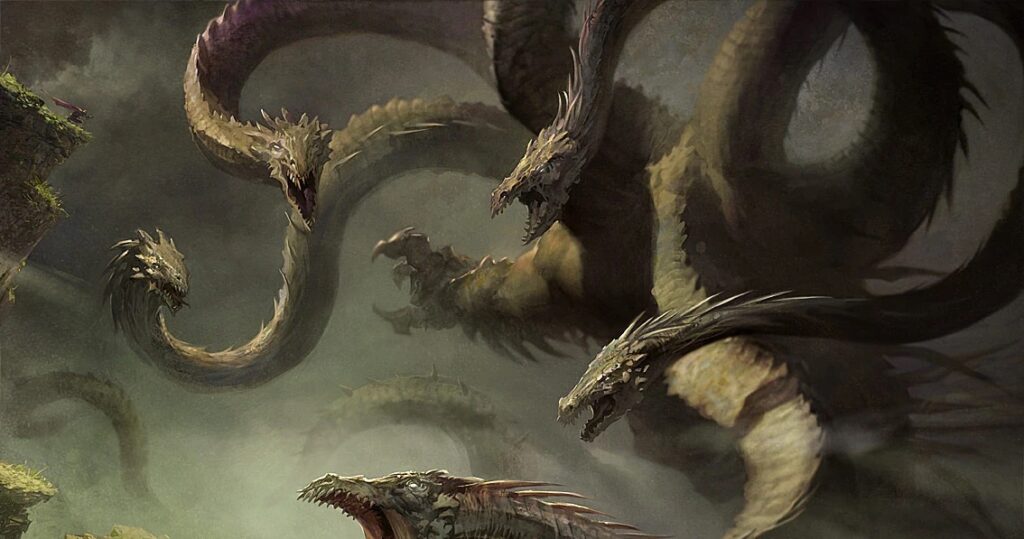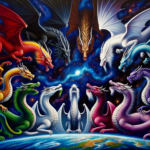Introduction
Dragons have held a prominent place in the mythology and history of many cultures around the world, and ancient Greece is no exception. In Greek mythology, these awe-inspiring creatures were known for their formidable power, cunning, and often, their connection to gods and heroes. This article delves into the intriguing world of dragons in Greek history, exploring their roles, origins, and significance in this ancient civilisation.

The Origins of Greek Dragons
The concept of dragons in Greek culture can be traced back to the earliest days of their civilisation. It’s important to note that the term “dragon” as we know it today might not precisely match the creatures found in Greek mythology. Instead, they were often depicted as serpentine beings, closely resembling snakes but with additional features like wings or multiple heads.
One of the earliest and most famous Greek dragons was the Lernaean Hydra, a multi-headed serpent-like creature that terrorised the region of Lerna in the Peloponnese. The Hydra’s legend is closely associated with the hero Heracles (Hercules in Roman mythology), who was tasked with slaying the beast as one of his Twelve Labours. The Hydra’s multiple regenerating heads made it a formidable opponent, symbolising the challenges that heroes had to face in their quests.
Dragons as Divine Beings
In Greek mythology, dragons were not merely monstrous creatures but often had divine or cosmic significance. The serpent Python, for instance, was believed to be the offspring of Gaia, the Earth, and served as the guardian of the oracle at Delphi. Apollo, the god of prophecy and knowledge, slew Python, establishing his own sanctuary at Delphi and taking control of the oracle.
Another notable dragon-like figure in Greek mythology is Ladon, the serpent-like guardian of the golden apples in the Garden of the Hesperides. These apples were a gift from Gaia to Hera, the queen of the gods. Ladon’s presence in the garden added an element of protection and mystique to the apples, symbolising their divine nature.

Dragons in Greek Art and Symbolism
Dragons and dragon-like creatures frequently appeared in Greek art, pottery, and other forms of creative expression. These depictions often reflected the cultural fascination with these creatures and their role in stories of heroism and adventure. The famous Corinthian pottery often featured intricate designs of mythological creatures, including dragons.
Furthermore, dragons were often used as symbols of chaos and the untamed forces of nature. They were seen as creatures that needed to be subdued or controlled, mirroring humanity’s struggle to harness the power of the natural world.
Conclusion
Dragons in Greek history were far more than just menacing beasts; they were complex symbols woven into the fabric of mythology, religion, and art. Their stories served as powerful metaphors for the challenges faced by heroes and the mysteries of the natural world. These mythical creatures continue to captivate our imaginations today, reminding us of the enduring legacy of Greek civilisation and its rich tapestry of myths and legends.




